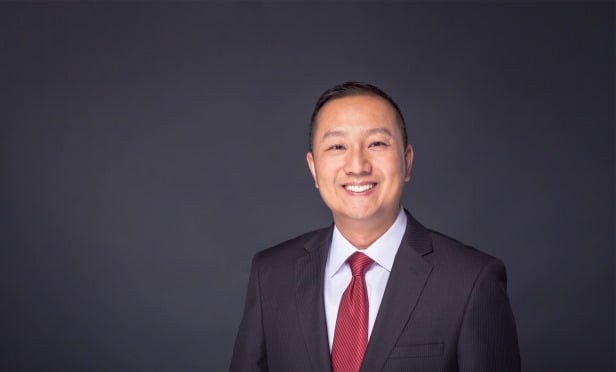 Yung says location alone should not prevent an investor from moving forward with a purchase.
Yung says location alone should not prevent an investor from moving forward with a purchase.
HOUSTON—With Hurricane Willa an active hurricane, and in light of other recent devastating hurricanes such as Michael and Florence, many investors with real estate holdings in these areas are experiencing a great deal of uncertainty. While this is to be expected, there are many ways in which wise investors can mitigate losses due to natural disasters. With just a little bit of advance planning, and by initiating a readiness action plan, some investors many find it easier to stay afloat and survive the real estate market hurricane.
“While it may be easy to think that real estate investing in a hurricane-prone area should just simply be avoided, location alone should not prevent an investor from moving forward with a prospective purchase,” Yuen Yung, CEO of Upside Avenue, tells GlobeSt.com. “This risk must be weighed against all other factors and it should also be taken with a grain of salt for the simple fact that if the investors have done their due diligence and have secured all of the necessary insurance, any losses that could potentially be caused by a hurricane can be largely avoided.”
When discussing the type of insurance coverage for a disaster-prone area, an investor will want to make sure the policy covers loss of income in the aftermath of any damage, in addition to the direct losses from physical damage. The price of this policy must be factored into the calculated cost of the real estate investment and put into place before the disaster hits. Investors will also need a proactive plan that takes into account the fact that there is often a real-estate shortage immediately after a disaster, i.e., securing alternative living arrangements for tenants in the event that it becomes necessary.
“While this may seem like a lot of prep work, investors will definitely be glad that they have done it up-front if a hurricane does happen to destroy one or several of their investments,” Yung observes.
According to HousingWire, Hurricane Maria caused an estimated $90 billion in damages, with housing receiving the largest portion of the destruction at $37 billion. More than 470,000 properties were hit by the storm, of which about 20% of the structures were completely destroyed.
Want to continue reading?
Become a Free ALM Digital Reader.
Once you are an ALM Digital Member, you’ll receive:
- Breaking commercial real estate news and analysis, on-site and via our newsletters and custom alerts
- Educational webcasts, white papers, and ebooks from industry thought leaders
- Critical coverage of the property casualty insurance and financial advisory markets on our other ALM sites, PropertyCasualty360 and ThinkAdvisor
Already have an account? Sign In Now
*May exclude premium content© 2025 ALM Global, LLC, All Rights Reserved. Request academic re-use from www.copyright.com. All other uses, submit a request to [email protected]. For more information visit Asset & Logo Licensing.








